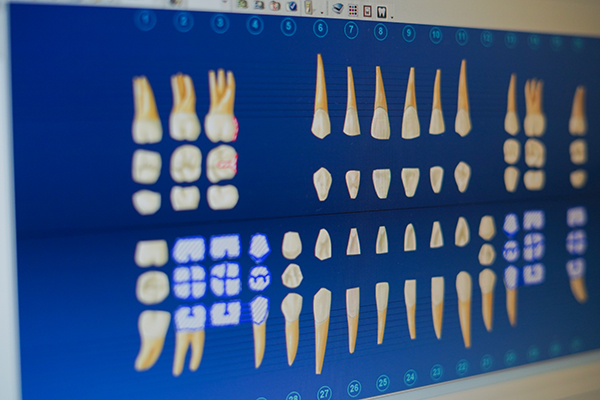Oh no! You’re at your dental appointment and your dentist informs you that you have a cavity and will need a filling. These are the words that everyone dreads hearing at the dentist office. Research shows that more than 90% of adults in the United States have had a dental cavity at least once in their life. While getting a filling might sound daunting to some, it is actually a low-risk and straightforward procedure. If you have an upcoming filling scheduled and are struggling with anxiety, keep reading to learn more about what you can expect from the process.
What is a Dental Filling?
Dental fillings are artificial substances that are used to fill in the holes (cavities) or gaps in the enamel of decayed, broken or damaged teeth. Not all fillings are the same though. Dental fillings can be made from a variety of materials, including:
- Amalgam. Typically, this material is a mixture of mercury, tin, and silver. It is also known as the “silver filling” and has been used to fill cavities for over 150 years. It serves as an inexpensive choice for patients, as well as a quick and easy material for dentists to use.
- Composite Resin. This option is great for patients who aren’t big fans of amalgam fillings. Composite resin is a tooth-colored filling and is less costly than other options.
- Ionomers. Another tooth-colored filling option, ionomers are most commonly used for small cavities and cavities located in between teeth. Some ionomers release fluoride, which serves as an added bonus for patients who are prone to cavities.
- Gold. Although it may sound fancy, gold is becoming less popular as time goes on. Gold fillings are expensive for patients and difficult for dentists to work with. Procedures using gold fillings also tend to take much longer than the normal process.
- Ceramics. Ceramic fillings are another tooth-colored filling option; however, unlike composite resin and ionomers, these fillings require the use of special equipment. Because of this, it can often take several appointments to complete the filling process when using ceramic fillings. They also tend to cost a little more than other tooth-colored filling options.
What to Expect During Your Appointment
Dental fillings take time to complete and require a methodical approach. On average, dental fillings can take around one hour to perform from start to finish. If you have a relatively small cavity, your appointment may take substantially less time. Although the filling process can vary from patient to patient, here is a look at the basic steps involved when filling a cavity.
1. Your dentist will numb the area surrounding your tooth.
Before starting any type of work on your teeth, your dentist will apply a topical numbing agent to the tissue surrounding your tooth. After a few minutes, your dentist will then apply a local anesthetic to help prevent you from feeling any pain while your dentist is working on your teeth.
2. Your dentist will remove the decayed portion of your tooth.
Once that area of your mouth is numb, your dentist will begin removing the decayed portion of your tooth. Typically, he or she will use a dental drill or a laser to accomplish this. Your dentist may also use a suction apparatus to remove any excess debris from your mouth during the procedure.
3. Your dentist will remove all debris and clean your tooth.
After ensuring that all debris is removed, your dentist will make sure that the tooth has been thoroughly cleaned and dried before proceeding to the next step. Before the last step, your dentist will also use an instrument to probe the newly exposed area of your tooth to ensure that all the decay has been removed.
4. Lastly, your dentist will fill the hole in your tooth.
Finally, once the debris has been removed and the tooth has been cleaned and dried, your dentist will fill the hole in your tooth. Filling in the hole helps to prevent bacteria from accumulating in that space, which provides protection against further tooth decay. Once the filling has been created, your dentist will shape and polish it and confirm that the filling is not messing with your bite.
It’s normal to have questions and concerns regarding procedures like dental fillings. Whether you have questions or want to schedule an appointment, contact our office at (501) 312-7576 to schedule your appointment today!


Recent Comments